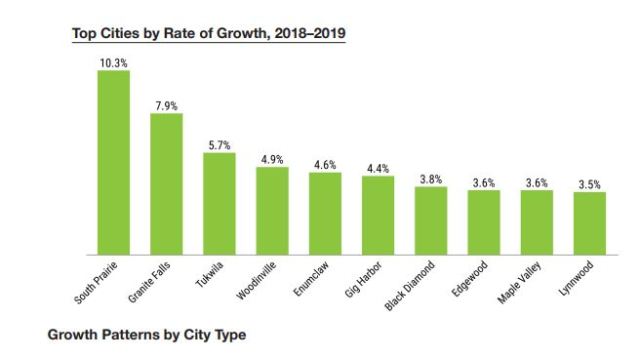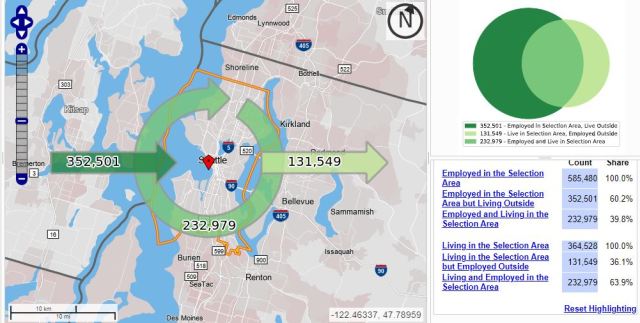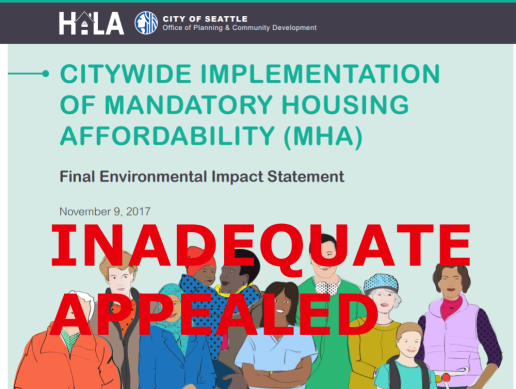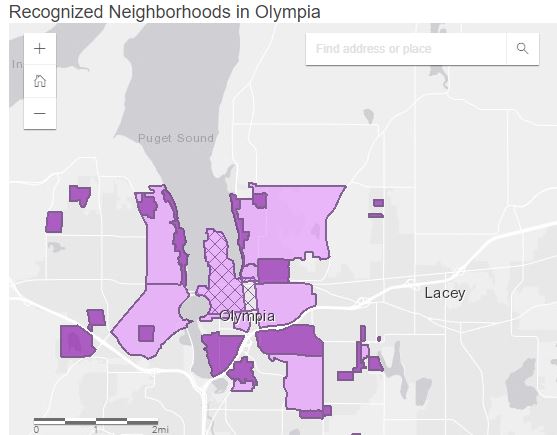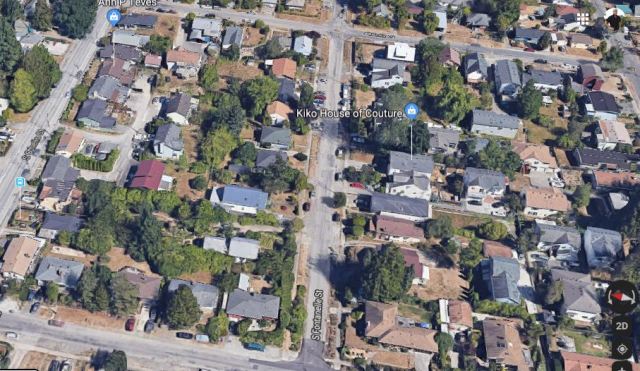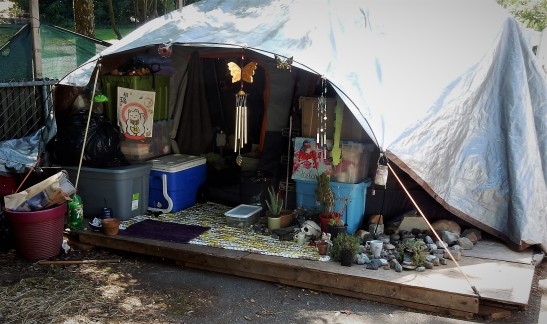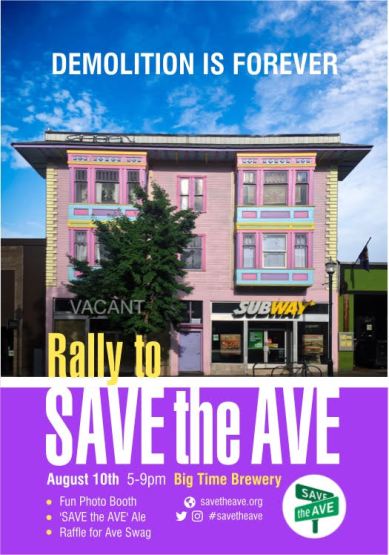The good, bad, and ugly and our wishes for the victors
Ok folks, here’s our predictions for the seven Seattle City Council races. Mind you, they are not always who we would prefer, but rather those most likely to succeed. We’ll also look at the pros and cons of each and then offer our preferred selection and what we hope they’ll do once elected. Our standard of evaluation is based on those supporting and taking real leadership in efforts to ensure a managed growth agenda and that developers pay their fair share, achieving economic and racial justice in our city – something that starts by working to prevent the continued loss of our existing low income housing stock, ensuring police accountability, stemming homelessness, preserving our mature tree canopy and open space, and re-establishing a strong role for neighborhoods in land use planning and zoning.
District 1: Lisa Herbold vs. Phil Tavel

Lisa Herbold for District 1
Our crystal ball tells us that Herbold will win going away. She secured over 50 percent of the vote in the primary to Tavel’s 32 percent. Yes the PAC’s are pouring money into this race, most for Tavel. And he isn’t as conservative, nor a shill he’s made out to be by his detractors. Nor is he on the pro-density pseudo-urbanist bandwagon, showing sympathy to the neighborhood movement. However, we’re very unimpressed by his flirtation with the Safe Seattle anti-homeless crowd. By contrast, Lisa’s got a broad base of Democrats and the Union’s backing her, she’s popular in her district because of her attention to her constituent basic needs, backs developer impact fees, no one works harder, and is a leader on efforts to expand tenant rights, address homelessness, and preserve our existing low income housing stock. Yes, she has disappointed some in the neighborhood movement who expected more from her in terms of standing up to the pro-developer Mosqueda/Gonzalez wing of the Council. But hands down we recommend a vote for Councilmember Herbold. Our wish for her second term – that she’d be more outspoken in support of the neighborhood’s fight to rein in runaway growth, stand up more often against the pro-developer loudmouths on the Council, and that she doesn’t settle only for eking out very small improvements to larger very negative land use legislation.
District 2: Tammy Morales vs. Mark Solomon
Our crystal ball says Morales will win in a landslide. Despite running against several candidates in the primary and vocal opposition from our Mayor, and PAC’s inveighing against her, Morales brought down over 50 percent of the vote to Solomon’s puny 23 percent. Yes Solomon has the backing of the big monied interests but it’s impossible to imagine how he can overcome such a large deficit in this coming final election. While Solomon focuses his attention on feel good stuff like public safety, calls for “transparency” and exploiting voter disenchantment with incumbents, we are impressed with what Morales repeatedly refers to as her top priority – stopping displacement of low income and minority communities from our neighborhoods. We don’t like to see her standing arm in arm with pro-density zealots Mosqueda and Gonzalez but believe she falls more into the “managed and responsible growth” camp and making sure developers replace housing they tear down and pay impact fees. We see her as a critical voice in support of efforts to prevent demolition, speculation, and runaway rent increases forcing people from their neighborhoods. Our recommendation goes to Morales. Our wish for her – that in addition to backing calls preventing removal of existing low cost units, she’ll be a voice for our neighborhoods and support efforts to re-establish a meaningful role for them in land use decision-making. No area of the city is more threatened by recent upzoning, areas predominantly people of color.
District 3: Kshama Sawant vs. Egan Orion
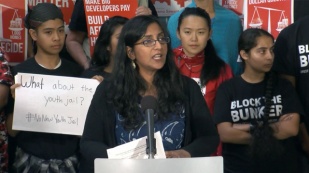
Kshama Sawant for District 3
Our crystal ball has Egan Orion winning: Mind you, we will be disappointed with this outcome for reasons we stated in a recent column of ours, but it’s hard to see how Sawant can dig herself out of a very deep hole she has in part dug for herself. And no incumbent has ever recovered to win when garnering less than 37% in a primary. On the other hand, she has a highly motivated, well-funded and dedicated following. While CM Herbold works more quietly on the inside, Sawant is a vocal leader on homelessness, police accountability, tenant rights and worker rights issues. And contrary to others who label it a negative, to us it remains perhaps her most impressive attribute; Sawant has never succumbed to the insider group think that dominates at City Hall. She calls out other councilmembers and really is a voice for the disenfranchised. She doesn’t play by the “get-along-go-along” rules religiously adhered to by other councilmembers that most of the time guarantee status quo outcomes. She publicly and on the dais routinely thanks groups and people for their role in passing progressive legislation, doesn’t just pump herself up. By contrast, it’s unlikely Orion would support any of these justice oriented causes; certainly not be a leader or make them a priority. Nor has he shown any inclination to work with the neighborhoods seeking to restore sanity in land use planning. Frankly it’s hard for us to imagine Egan Orion winning a seat on the Council by himself – some other primary candidates of larger stature split votes between them allowing Orion to slip through. And now, he’s backed by literally over a million dollars in PAC money saturating District 3 with mailers, digital adds and even paid phone banking and canvassers. And then there’s the histrionic attacks against Sawant from the mainstream media. But the margin of difference that may cost her re-election – the hole Sawant has dug for herself – is the fact that she’s alienated many from the very neighborhoods making up the district she is supposed to be representing, including many who helped get her elected in the first place. And her staff provide almost zero customer service, except for callers who raise a problem that feeds directly into her party’s agenda. While constantly inveighing against corporate wrong-doing, she has remained completely AWOL in the fight to rein in runaway development and requiring developers to replace housing they remove or pay impact fees. That said, we still want to see Kshama Sawant re-elected. And Kshama if you get re-elected or for you Orion, please seek out and work with the neighborhoods on matters of growth and development and help us in our fight to prevent displacement, for developer impact fees, and to preserve our tree canopy and open space.
District 4: Alex Pedersen vs. Shaun Scott
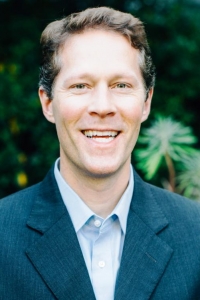
Alex Pedersen for District 4
Our crystal ball has Alex Pedersen winning. In past columns we’ve written at length about the political stances of both Pedersen and Scott and explaining why Pedersen is far and away the best choice (here and here.) Pedersen for over half a decade has quietly built a base of support in District 4. Over years, he’s meticulously undertaken outreach and offered support and advice to community and small business leaders, running a blog called “4 to Explore” highlighting both hot issues and fun things to do in the District. Unlike nearly every other candidate, except for Herbold who’s already doing it, he promises to make his office first and foremost a place that constituents can go to get that pothole fixed or its equivalent. Pedersen backs restoration of the role of neighborhoods in land use planning, imposition of developer impact fees, and measures to rein in runaway growth. He’s on board with improved protections for our Continue reading →
